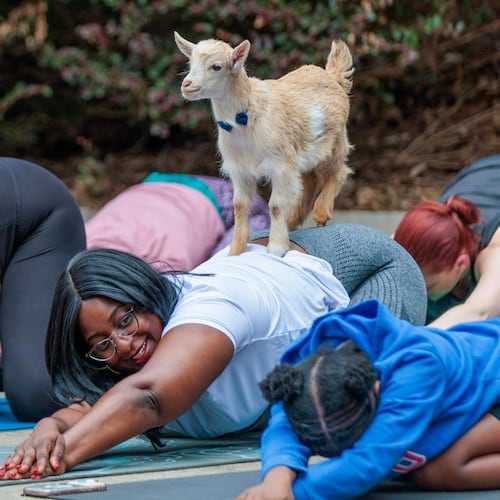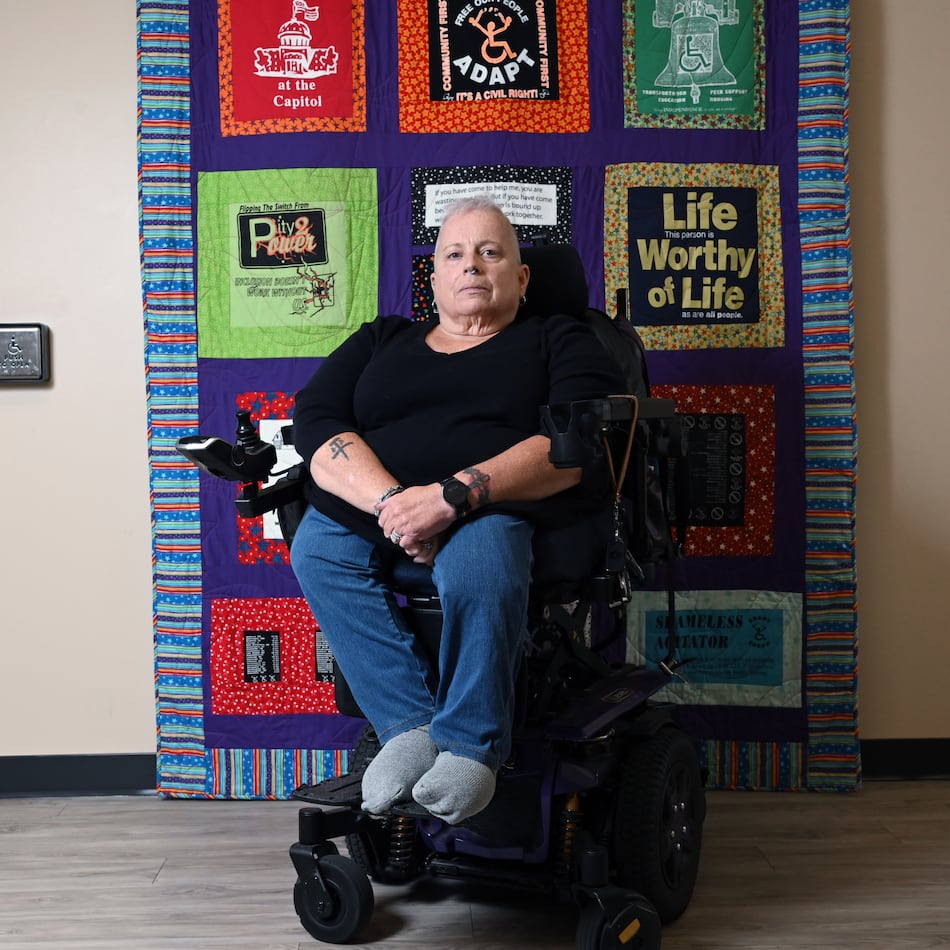By this time next year, there will be a river flowing through Fernbank Museum of Natural History, a tree sprouting from its upper level and an ancient cave along its walls.
The museum will open an all-new, $8 million children’s exhibition in spring 2011 that reveals ecosystems in rivers, forests, caves and oceans. It will cover about 6,700 square feet with more than 100 hands-on activities, and replace the museum’s aging “Fantasy Forest” and “Georgia Adventure” children’s rooms, which will close May 2.
“Kids have different expectations now and they are sophisticated,” said Jennifer Grant Warner, Fernbank’s senior vice president and chief programming officer. “We work to reach kids where they’re at. This will take it to another level.”
Most of the $8 million cost was paid for with donations the museum sought from its biggest supporters. It expects to pay off the rest with a $425,000 public fund-raising campaign it will launch in the next few months.
The museum began planning the family-focused exhibition in late 2006 with one goal in mind: It should be something that's never been done before inside a museum.
With Burbank, Calif.-based design company Thinkwell Group, it chose to do away with educational kiosks, computer screens and buttons that light up when pushed. The new space will have almost no text, and no set path to follow. Kids as young as 18 months can play with the virtual fish in the water-free river, investigate a sunken shrimp boat in the ocean, discover a raccoon and her babies in a fallen log or watch the real-life salamanders living behind the computer-generated waterfall. (It'll offer up a few comfort tweaks, too, like making bathrooms and nursing stations easier to access.) Exterior windows will fill the exhibition with natural light and offer up a view of Fernbank Forest.
“There is a trend in museums, certainly children’s museums, to engage children and families to have a connection with nature,” said Diane Kopasz, spokeswoman for the Arlington, Va.-based Association of Children’s Museums. “There’s a lot of fear, be afraid of the sun, be afraid of insects, less green space to play. Museums show families there’s a lot to learn and appreciate.”
Christine Bean, Fernbank’s vice president of education, said the museum wants to give families an educational, safe, playful nature experience indoors so they’ll feel comfortable exploring the outdoors.
“We really give kids the idea that you are a scientist and you can be a scientist through your whole life,” Bean said. “This experience will translate into their lives, not just be something fun and cool to do. No school has a room like this.”
Museum staffers said the new exhibition space will be a turning point, much like the arrival of dinosaurs in the Great Hall in 2001. The museum had a flood of visitors when it opened in 1992, but fell deep into debt and nearly closed after attendance dropped in the mid-1990s. Corporate donations and a fund-raising campaign garnered enough money to install the famous Giganotosaurus carolinii and Argentinosaurus huinculensis dinosaur exhibits, which brought back visitors.
Now that the museum has got the visitors, its staff is trying to make it work better for them, no matter their age or amount of experience outdoors.
“This seeks to help these children and their families understand their role in the world,” Susan Neugent, Fernbank’s chief executive, said. “This is central to the heart of our mission, a way to interpret the natural world.”
About the Author
Keep Reading
The Latest
Featured

